2017 Chrysler Pacifica Hybrid Review: First Drive


CARS.COM — It’s no mystery that the Cars.com staff and the 2017 Chrysler Pacifica are very fond of each other. The Pacifica won our Ultimate Minivan Challenge 2016 recently, dominating over the 2016 Kia Sedona and 2017 Toyota Sienna. So I was excited to check out the next iteration of the Pacifica, the 2017 Chrysler Pacifica Hybrid — the first electrified minivan.
Related: What’s the Ultimate Minivan for 2016?
The Pacifica Hybrid will be offered in two exclusive trim levels: Premium and Platinum. There are some slight changes to the exterior, like a unique waved grille, new wheels and eHybrid badges sprinkled around, but the big updates are under the hood and inside.
Powertrain
The Pacifica Hybrid uses the same 3.6-liter V-6 as the regular Pacifica, with some modifications. The biggest is that it runs on the efficient Atkinson cycle: Two electric motors are powered by a 16 kilowatt-hour lithium-ion battery pack mounted in the center of the minivan, below the second-row seats.
In total, the system produces 260 horsepower, 27 hp less than the V-6 produces by itself in the gas model. Instead of a traditional transmission, the Pacifica Hybrid uses what’s called an “electrically variable transmission,” which in practice functions like a continuously variable automatic transmission.
I’m not sure why Chrysler decided to drop the “plug-in” portion of the Pacifica Hybrid’s name because that really sells it short. Calling it just a hybrid may cause shoppers to miss out on an important part of its feature set: electric-only range.
The Pacifica Hybrid will offer an estimated 30 miles of electric range, which bests the 2017 Toyota Prius Prime (25 miles) and 2017 Ford Fusion Energi (19 miles). This is even more impressive when you consider that both are much smaller than the nearly 5,000-pound minivan. The Pacifica Hybrid will also travel up to 75 mph on electric power alone, enough to go on the highway. Total range when combined with the gas tank is 530 miles.
Charging times are 14 hours on a 110-volt household outlet and two hours on a 240-volt Level 2 charging station. The Pacifica Hybrid does come with charge scheduling, so it can be programmed to charge off peak hours for even more savings.
Chrysler said the Pacifica Hybrid gets 80 mpg in the city but did not release any other EPA-estimated fuel economy numbers. In combined city and highway driving on our route, the computer estimated our fuel efficiency to be a hair more than 30 mpg.
How It Drives
The biggest worry I had about the Pacifica Hybrid was how it would drive — hybrids often have quirky road manners. Plus, the additional equipment and the battery add more than 600 pounds, making this van even heavier. The engine and electric motors making less horsepower in a vehicle that weighs more is usually not a good recipe for a worthwhile driving experience. However, my fretting was for naught: the Pacifica Hybrid still has plenty of guts and it accelerates briskly both from a stop and at highway speeds.
On top of that, the integration of the engine and the electric motors is seamless, even better than the excellent system in the Fusion Energi. When you need more power than the electric motors can provide, the gas engine fires up immediately, without a shudder and barely any noise.
Curiously, Chrysler decided to forego an option usually found on plug-in hybrids like this: selectable drive modes such as EV to keep it in electric or HV to swap it into hybrid mode earlier. Chrysler representatives said that most buyers won’t use those switches anyway and that they think the system is good enough that people won’t miss the options. I certainly didn’t.
Handling remains good, though there is a bit more noticeable body roll due to the added weight. It wasn’t enough for me to be dissuaded though; I really enjoyed piloting the Pacifica Hybrid around.
Interior and Cargo Room
The placement of the battery in the middle of the van forces some compromises. There are no more second-row Stow ‘n Go seats since the battery sits where the seats would fold into the floor. A flat cargo area can still be made by folding the third row into the floor and removing the second-row seats, but that can be cumbersome. The second-row seats are heavy — 68 pounds apiece — and I had some trouble wrangling them out of the Pacifica Hybrid since they don’t fit straight out of the side doors. You have to wiggle them up, rotate them, then back up slowly to get them out (and reverse that process to put them back in). Smaller people may struggle with this process.
But if you don’t anticipate needing to remove the seats often for extra cargo room, that’s pretty much the only compromise. Overall cargo room remains the same; the battery doesn’t intrude on the cabin at all. It still has all of the aspects of the Pacifica cabin that we liked in the past, such as the Uconnect theater system, quality materials and a quiet interior.
It should be noted that two other options are missing from the Pacifica Hybrid that you can find on the gas versions: a power folding third-row and the built-in vacuum won’t be available.
Pricing and Value
The Premium trim starts at $43,090 (including a $1,095 destination charge). It offers leather upholstery, heated front seats, tri-zone automatic climate control, an 8.4-inch touchscreen, power liftgate, rear park assist and blind spot monitoring.
Chrysler thinks more buyers will upgrade to the Platinum trim, the vehicle I tested, which is $46,090. For that $3,000 increase, the Platinum adds Nappa leather, the Advaced SafteyTec Group that’s $1,995 by itself, and the Uconnect Theater Package that’s another $1,995. The Advanced SafetyTec Group adds forward collision warning with brake assist, automatic high beams, adaptive cruise control, lane keep assist, a surround-view camera system, automatic parallel and perpendicular parking, and front and rear parking sensors.
Chrysler also indicated that the Pacifica Hybrid qualifies for the full $7,500 tax credit from the federal government in addition to other state or local incentives. This brings the price down way below the top-end Limited trim of the gas version, which starts at $43,490 but doesn’t include either the Uconnect theater system or the Advanced SafetyTec Group in that price.
The Pacifica Hybrid is an excellent value compared to its own gas version and against the rest of the competition. Combine that with a good driving experience, high-quality interior and solid technology offerings, and it’s looking like the concept of an electrified minivan has plenty of legs after all.
The 2017 Pacifica Hybrid goes on sale in early 2017.
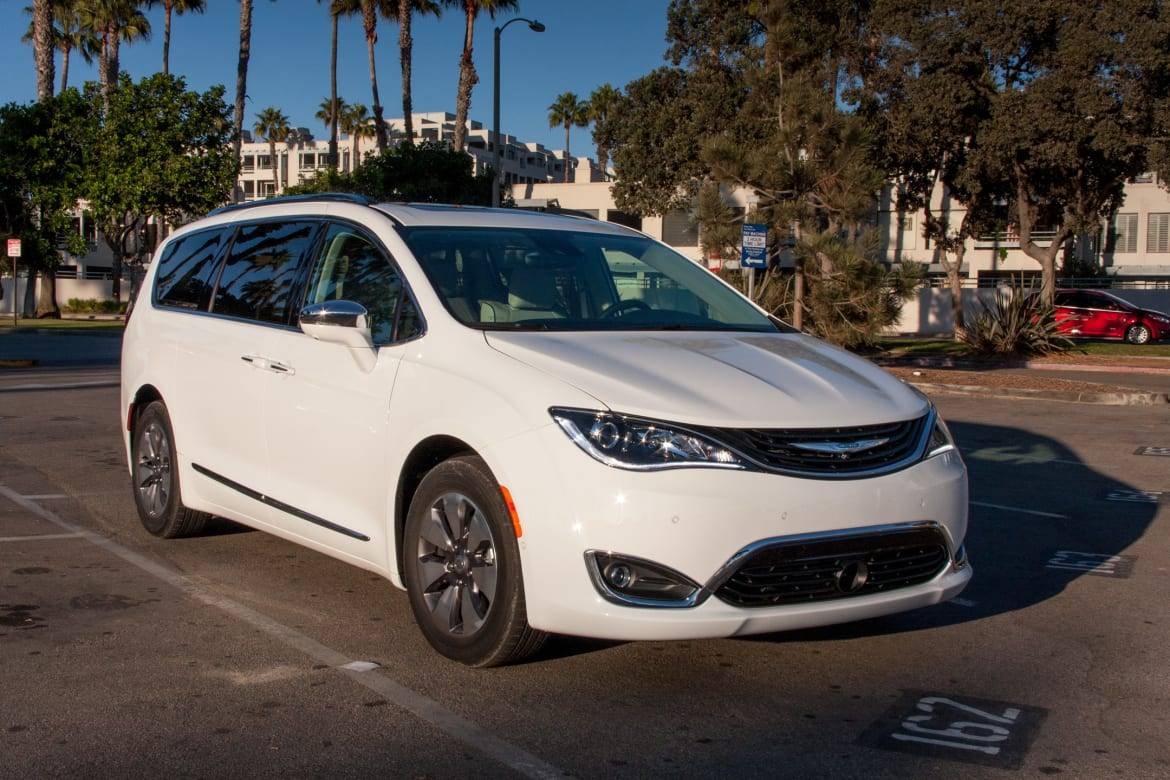
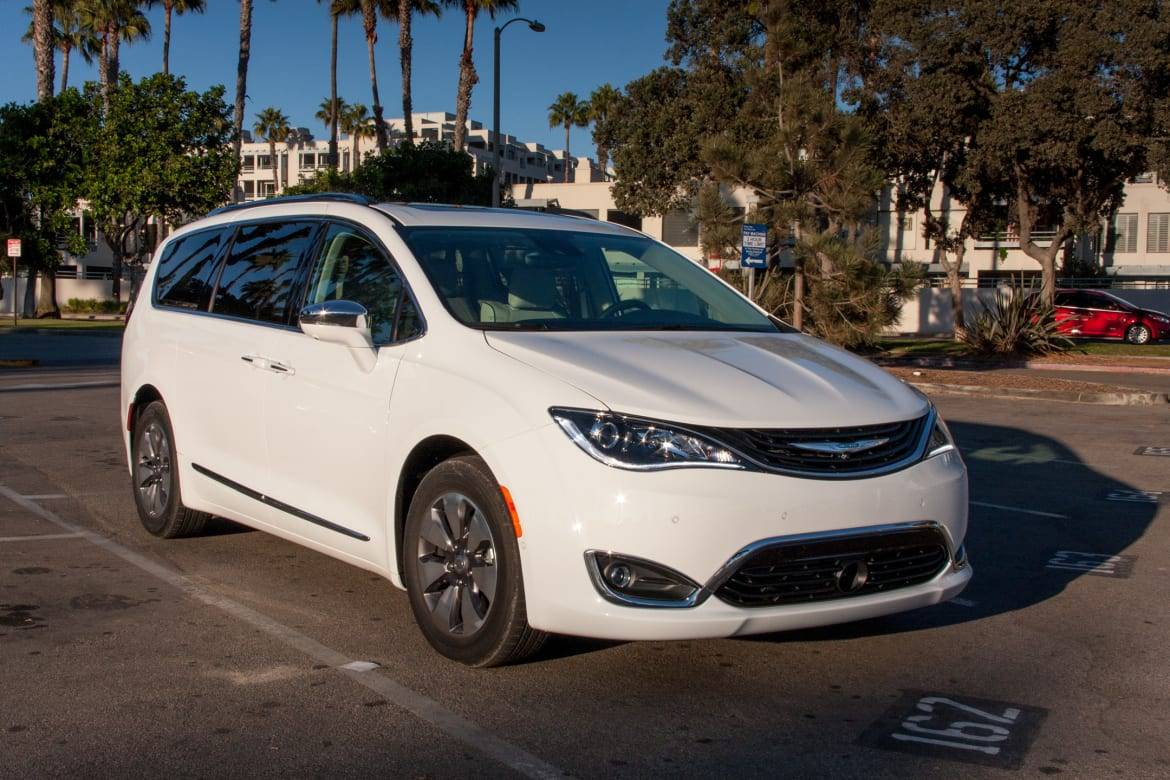
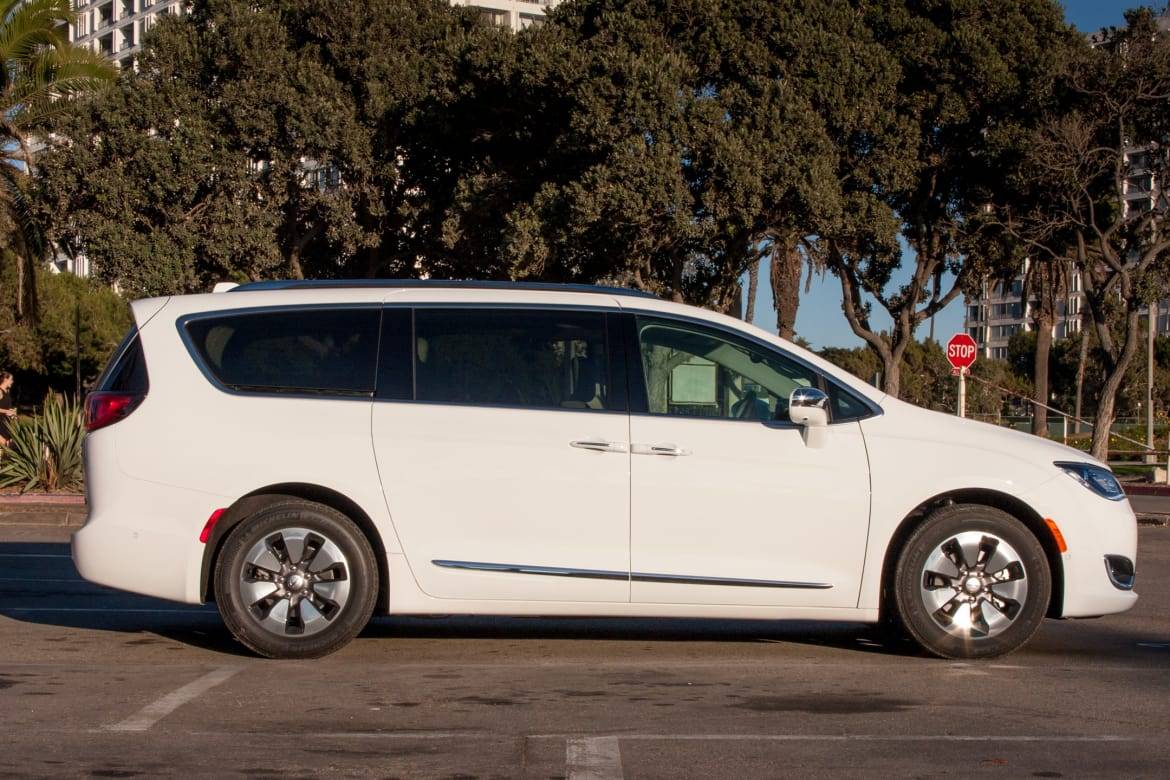
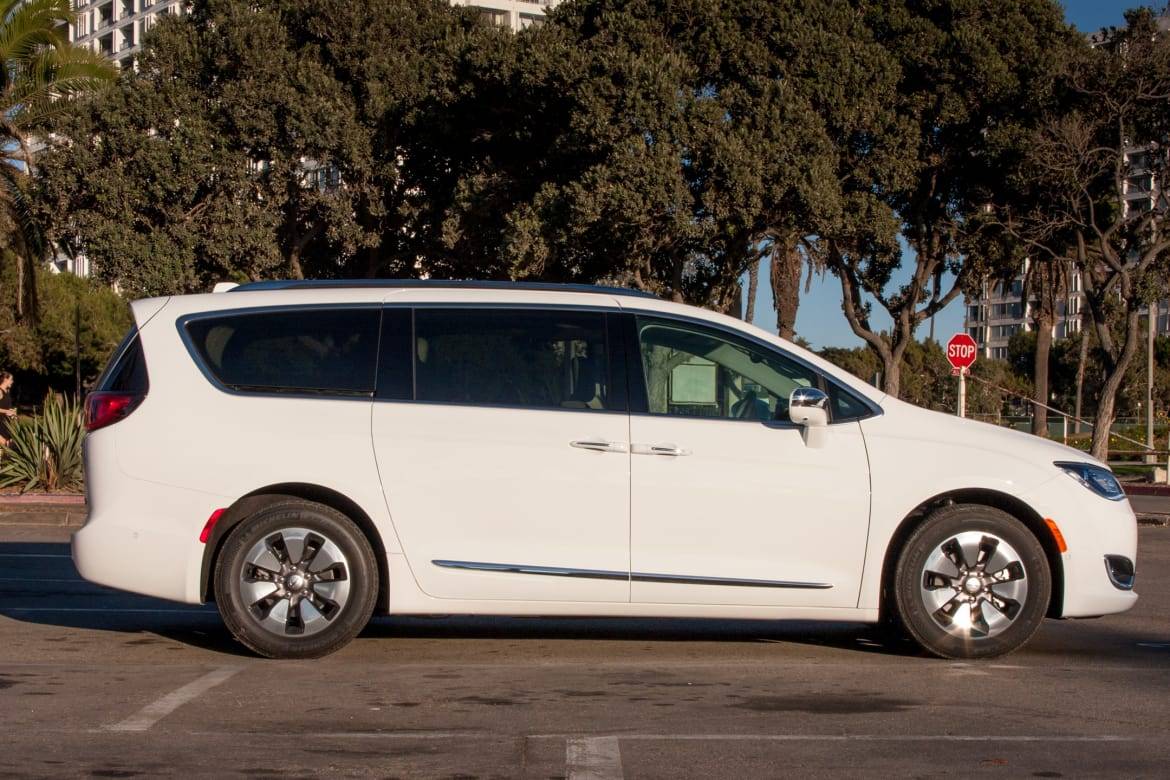
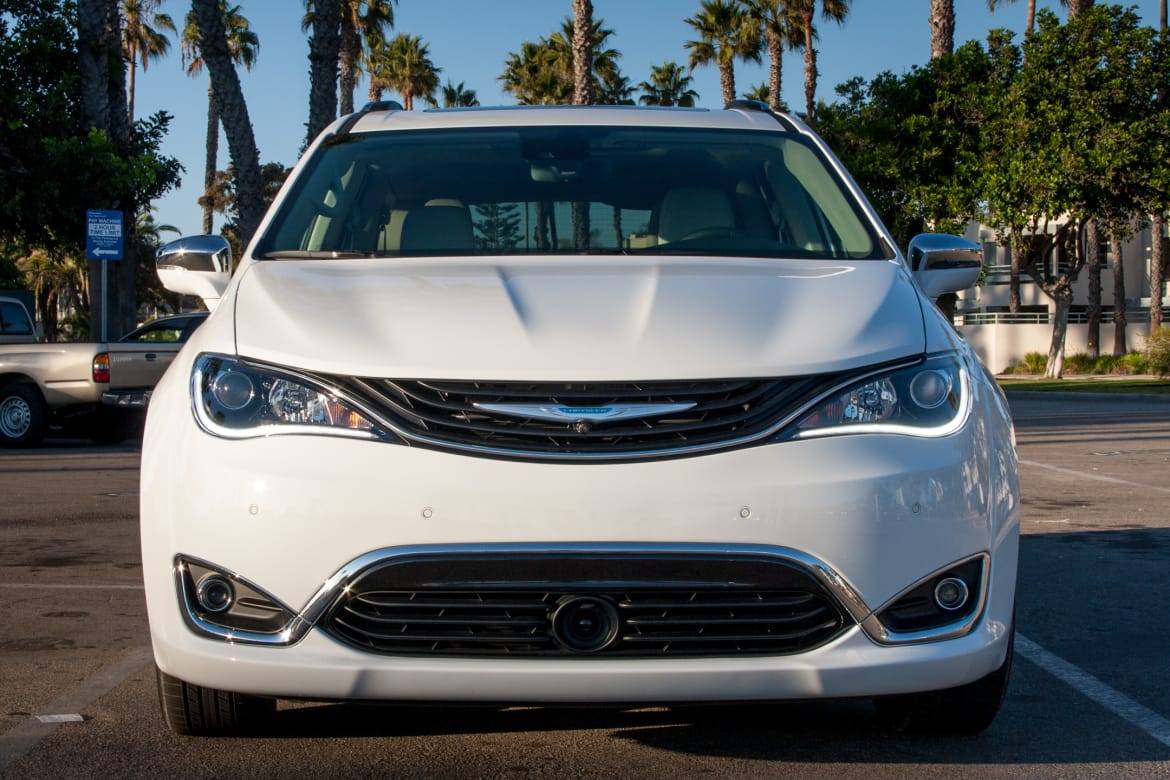
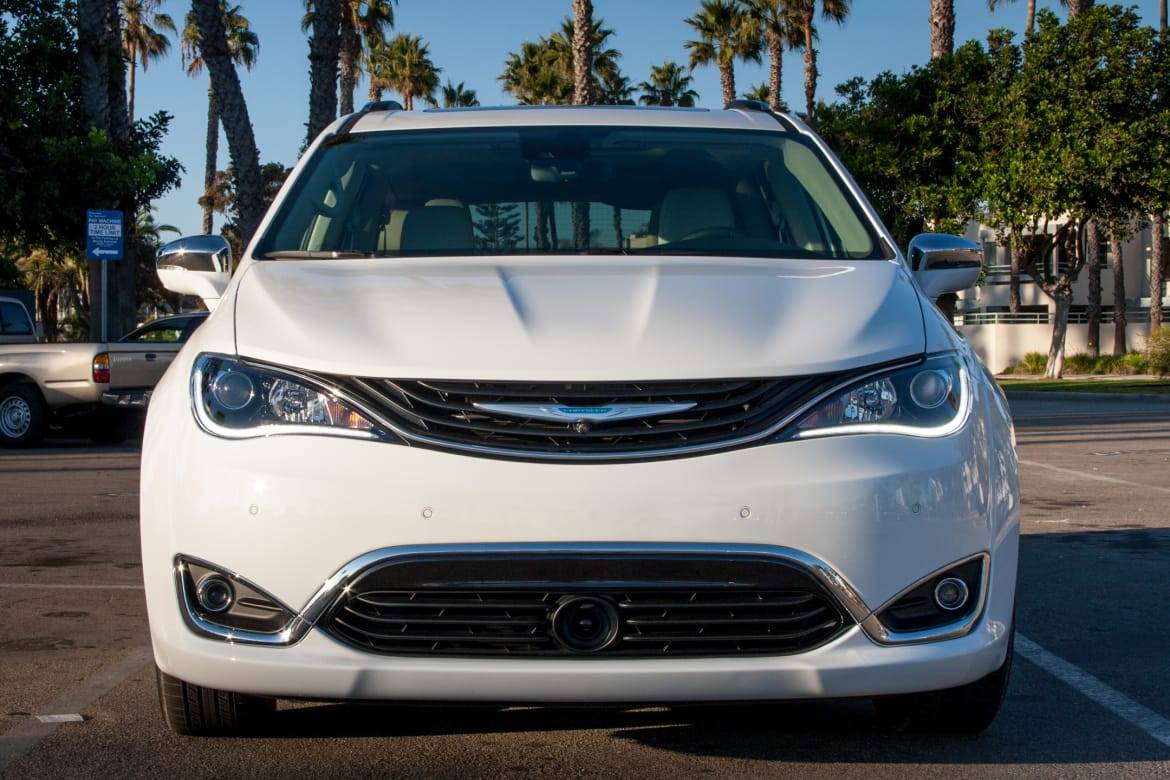

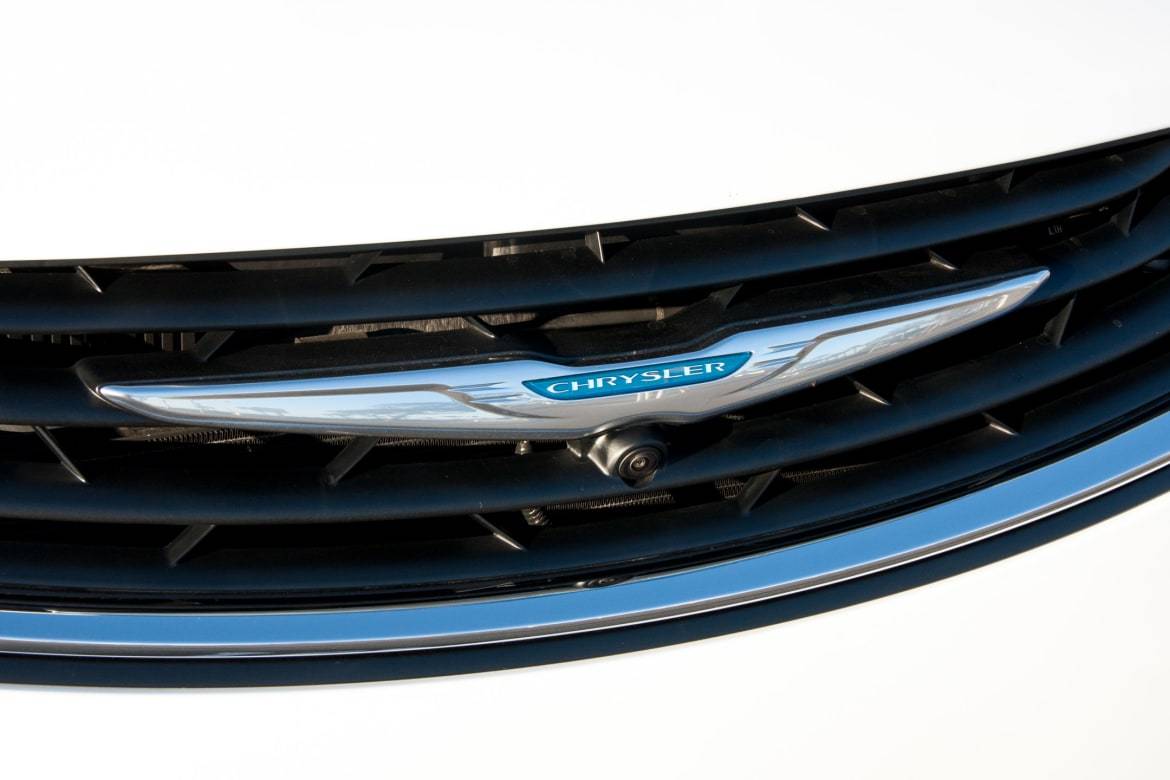
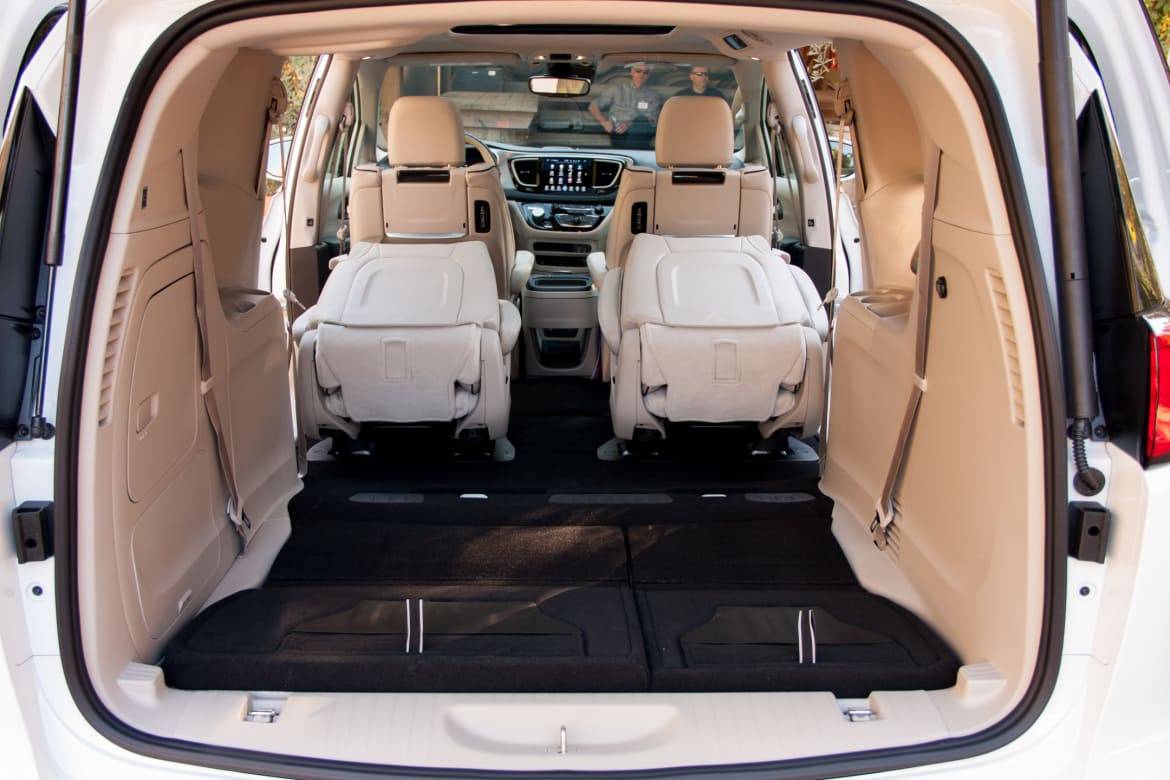
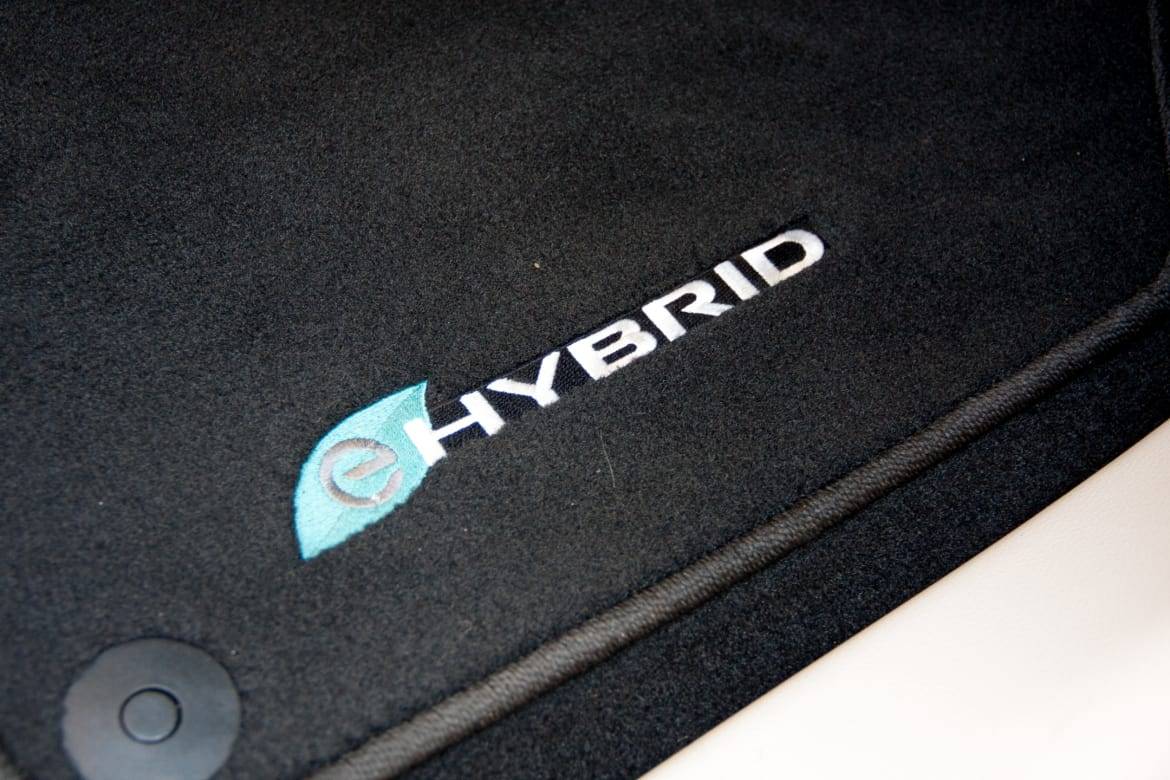
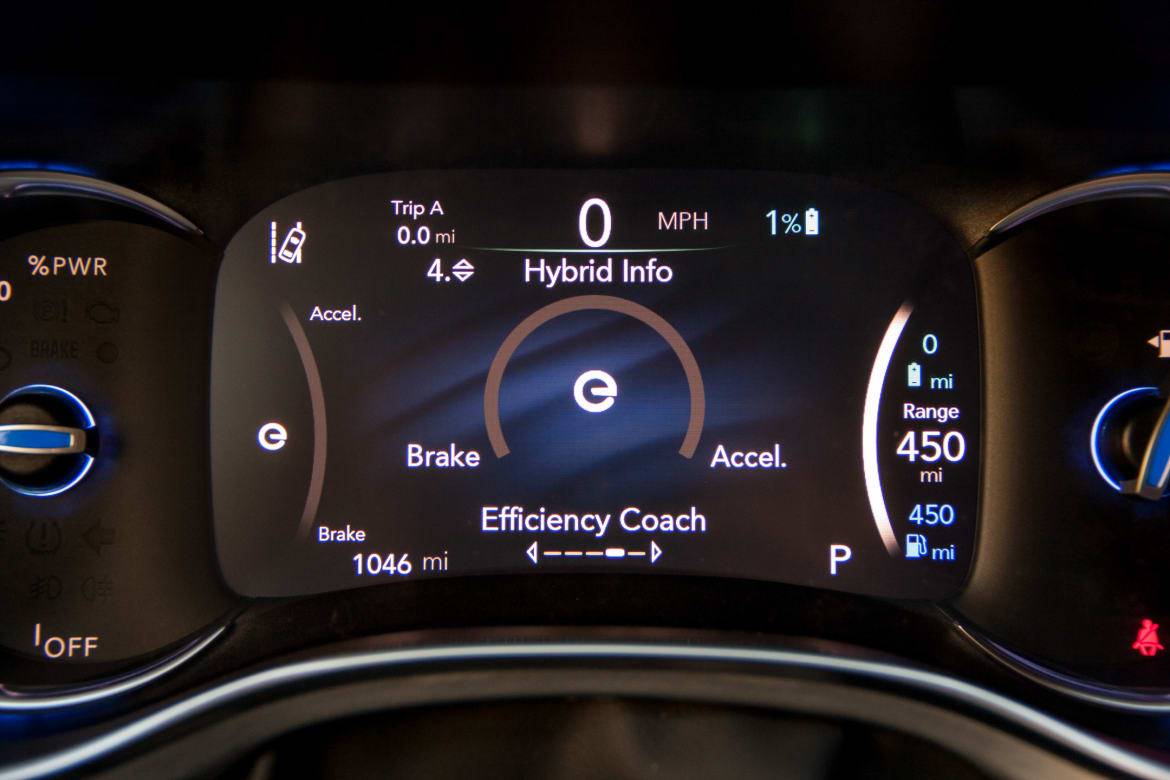
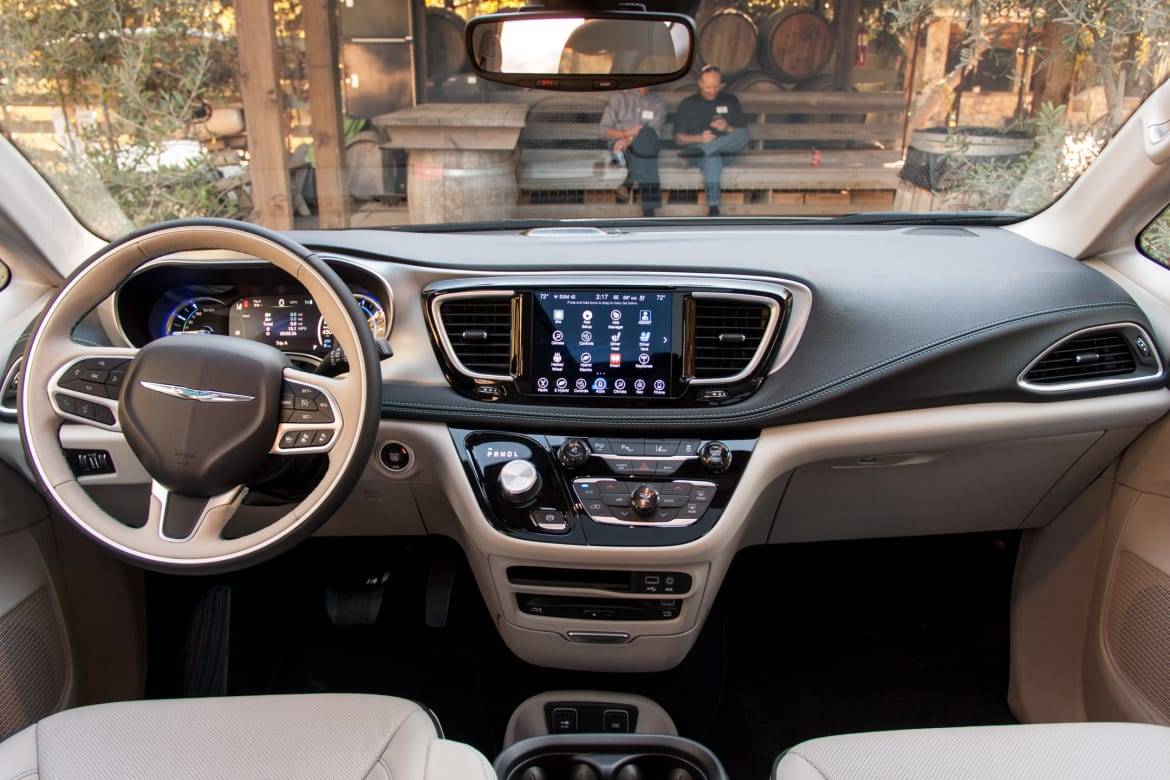
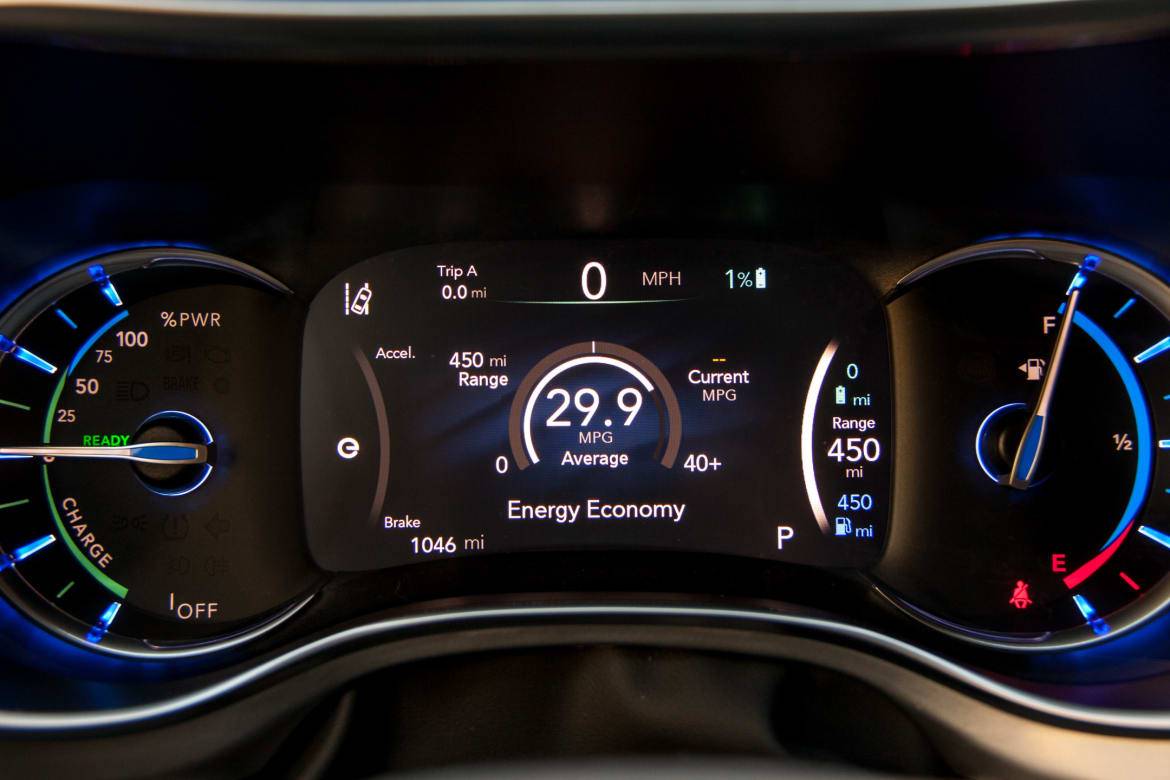
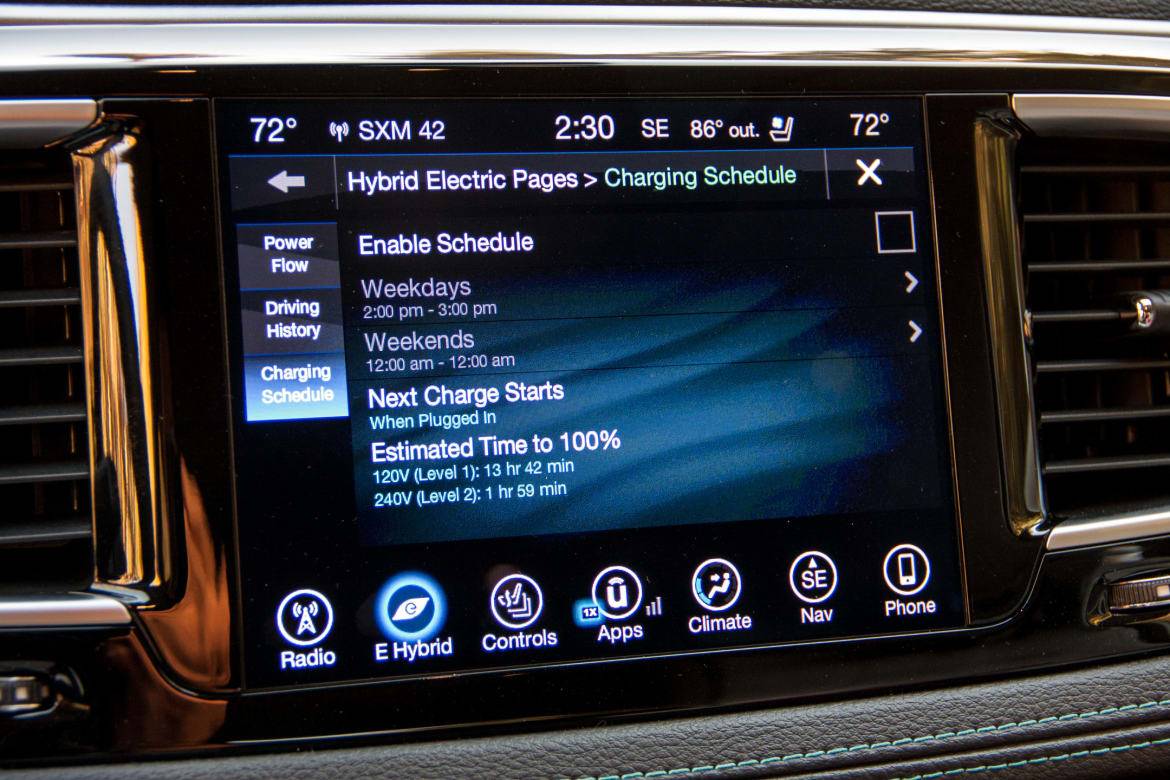
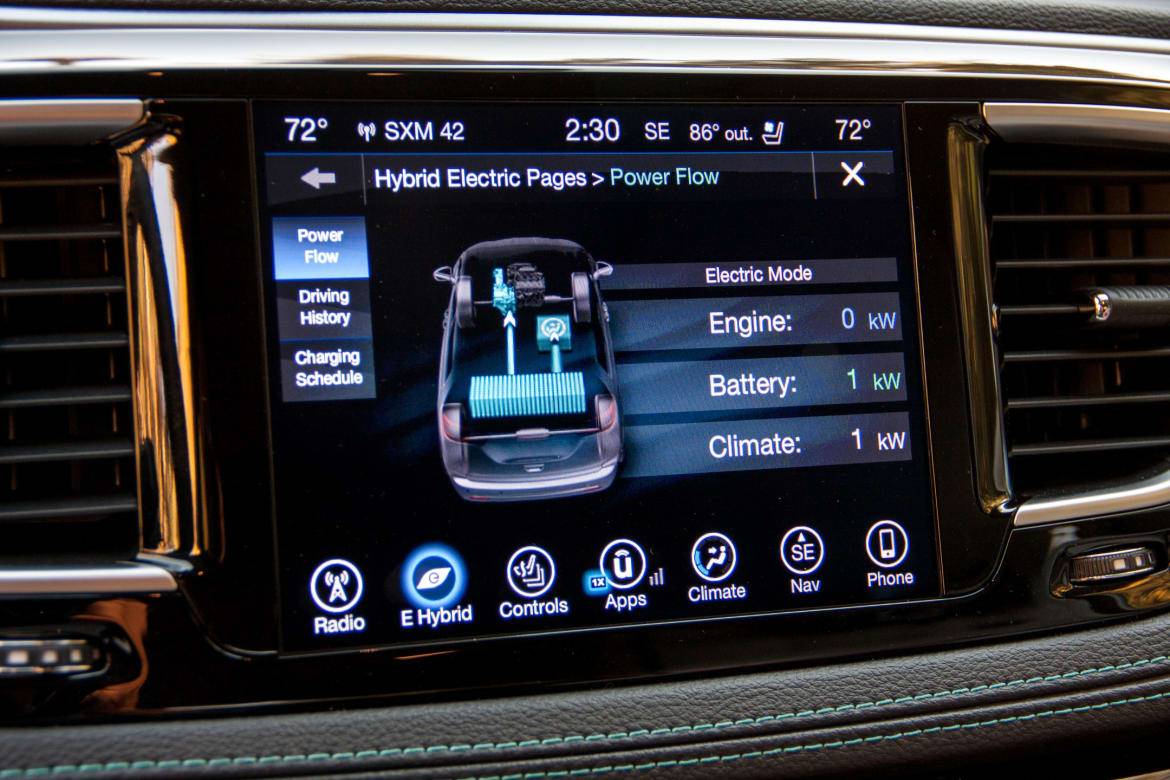
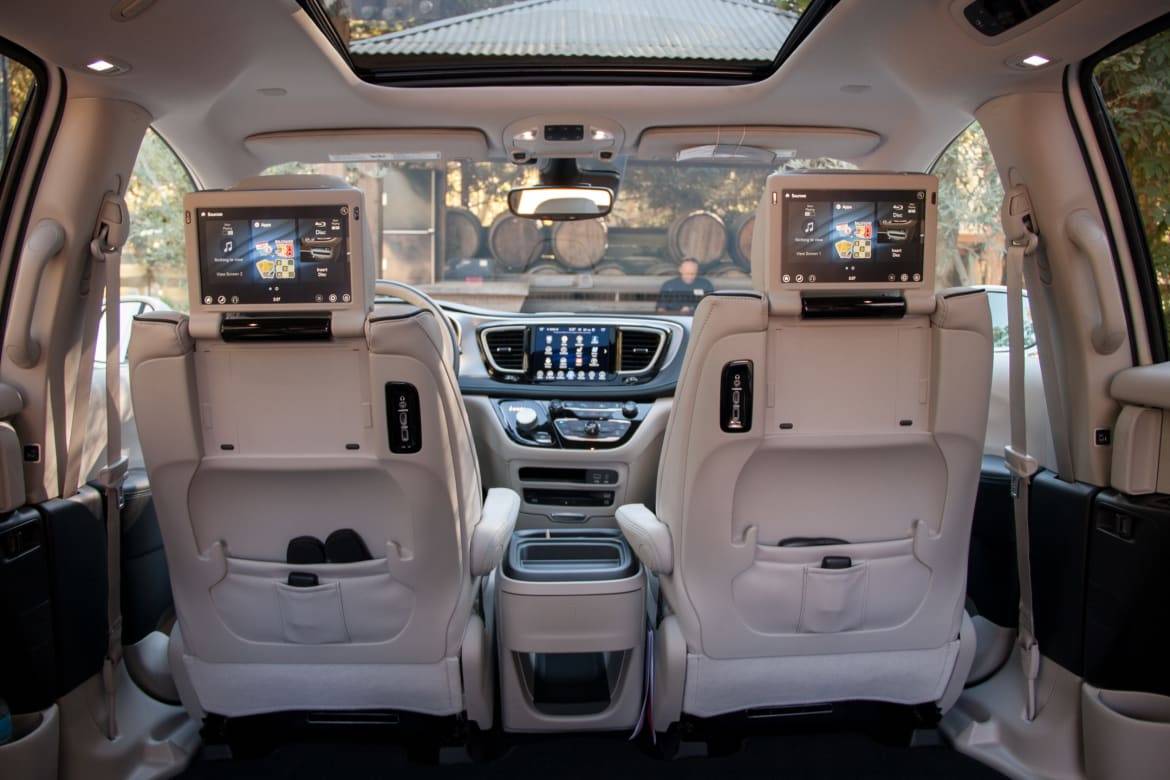
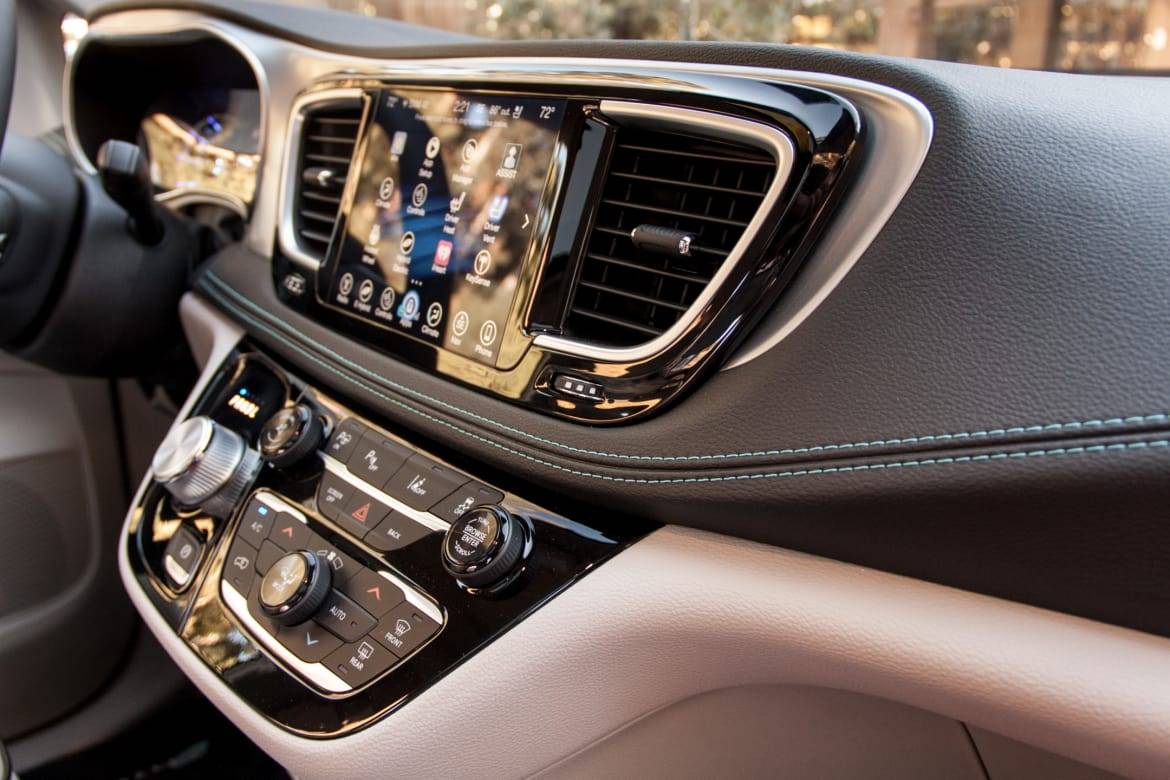
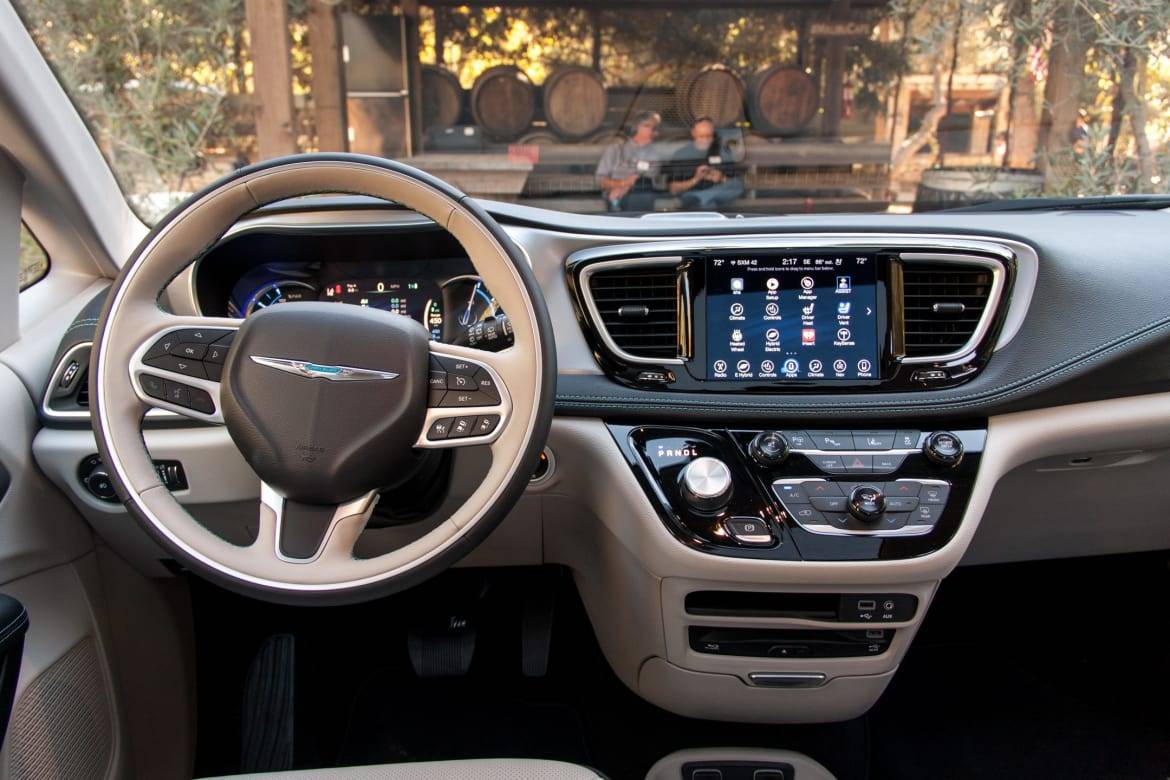
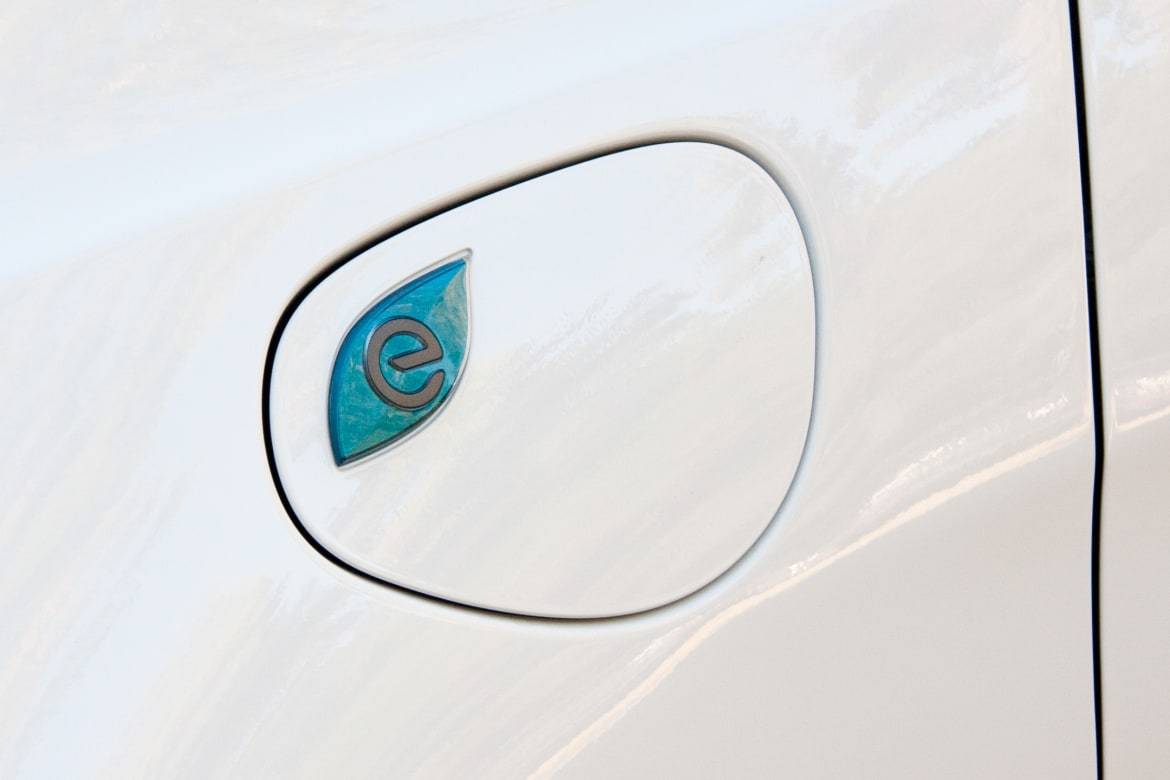
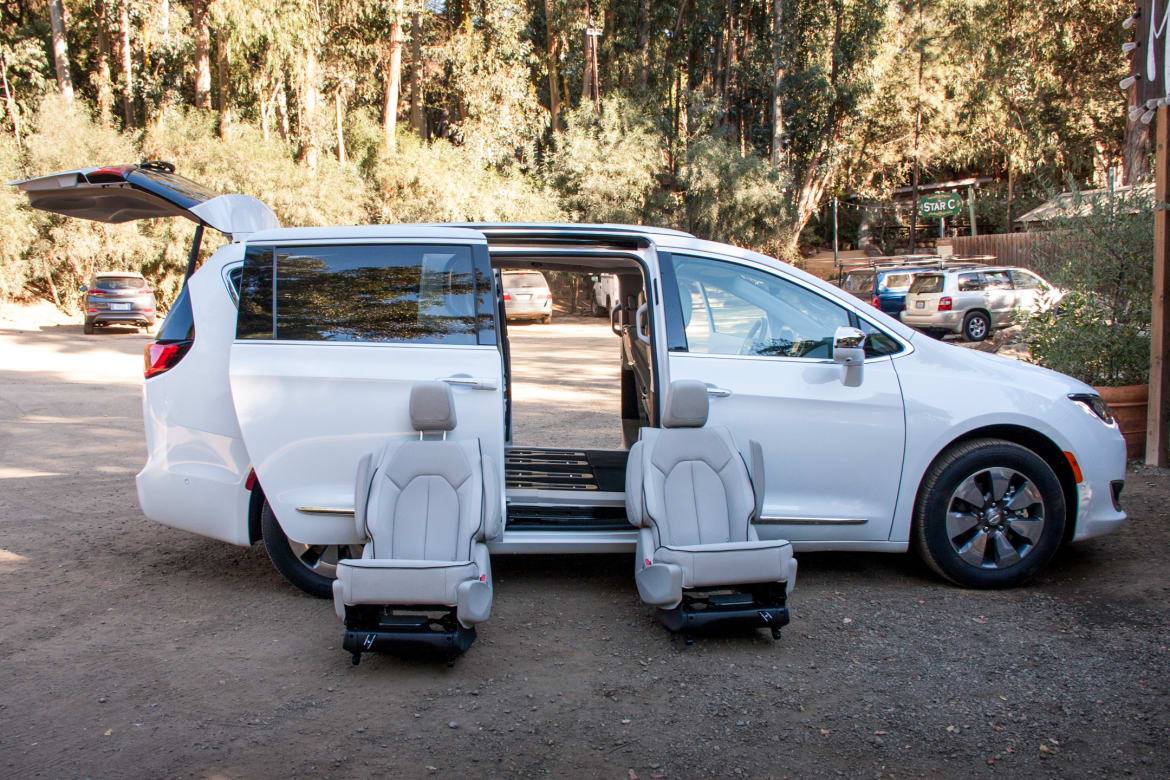
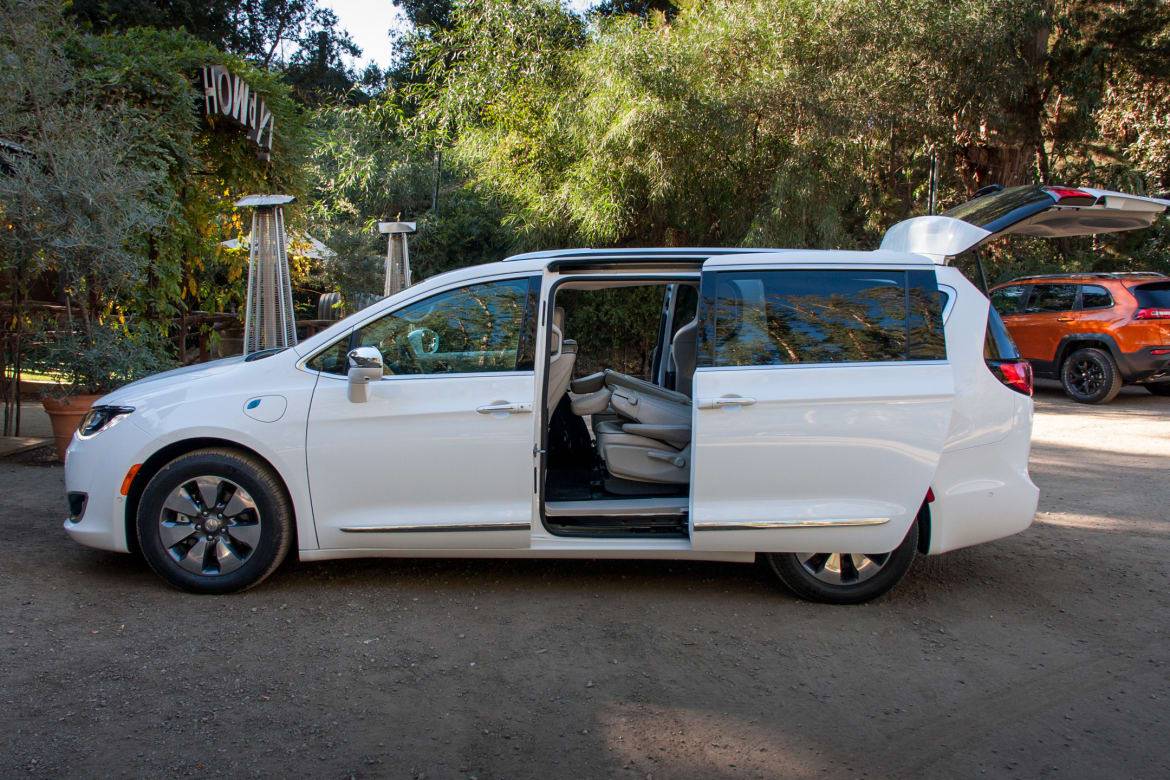






















Former L.A. Bureau Chief Brian Wong is a California native with a soft spot for convertibles and free parking.
Featured stories
























